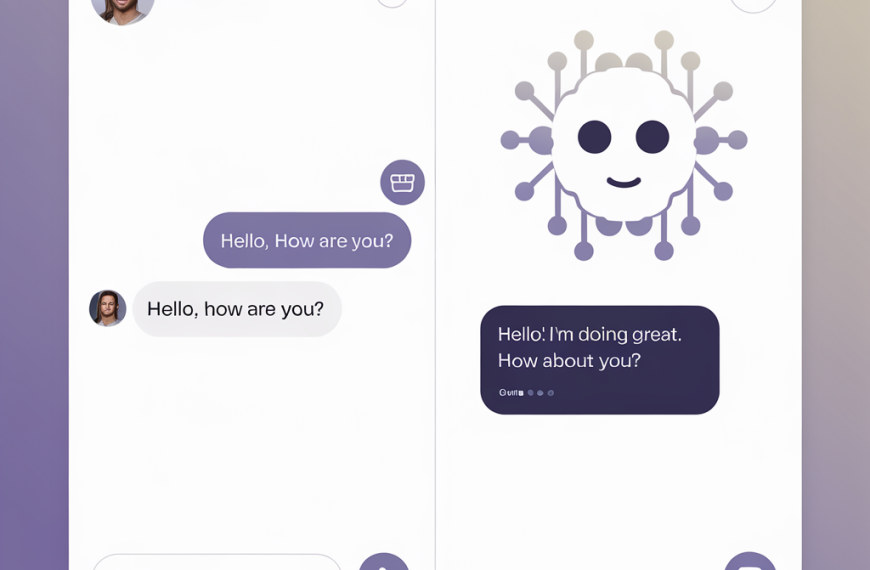Top 17 No-Code Tools for Developers in 2024: Empowering Innovation Without Code

Intro: The No-Code Revolution
The rise of no-code tools is transforming the development landscape, enabling developers and non-technical users alike to create applications, automate workflows, and streamline processes without traditional coding. This report highlights the most effective no-code tools available in 2024, showcasing their unique features and benefits, which are essential for developers looking to enhance productivity and efficiency.
Section 1: Overview of Top No-Code Tools
-
Softr
- Features: User-friendly interface, integrates with Airtable, Google Sheets, and more.
- Benefits: Quick app creation, real-time data syncing.
- Unique Selling Point: Templates for various use cases, including CRMs and portals.
-
Bubble
- Features: Full-stack development capabilities, drag-and-drop interface.
- Benefits: Versatile for prototypes and MVPs.
- Unique Selling Point: Extensive plugin ecosystem for added functionality.
-
Zapier
- Features: Automation workflows connecting various apps.
- Benefits: Streamlines repetitive tasks, integrates with thousands of apps.
- Unique Selling Point: User-friendly interface for creating complex automations.
-
Glide
- Features: Mobile app creation from Google Sheets.
- Benefits: Fast deployment of mobile apps.
- Unique Selling Point: Simple interface for non-developers.
-
Backendless
- Features: Backend services for app development.
- Benefits: High control over data and infrastructure.
- Unique Selling Point: Supports both no-code and low-code development.
-
FlutterFlow
- Features: Cross-platform mobile app development.
- Benefits: Visual interface for building apps.
- Unique Selling Point: Integrates with Firebase for backend services.
-
Webflow
- Features: No-code website builder with CMS capabilities.
- Benefits: High design freedom and responsive design.
- Unique Selling Point: Generates clean HTML/CSS code.
-
Adalo
- Features: Mobile app development platform.
- Benefits: Native app publishing capabilities.
- Unique Selling Point: Built-in database for easy data management.
-
Airtable
- Features: Spreadsheet-database hybrid.
- Benefits: Easy data management and collaboration.
- Unique Selling Point: Customizable templates for various applications.
-
Jotform
- Features: Form creation and data collection.
- Benefits: User-friendly with rich templates.
- Unique Selling Point: Integrates with various services for automation.
-
Kissflow
- Features: Workflow automation and app development.
- Benefits: Simplifies complex business processes.
- Unique Selling Point: Strong governance features for IT control.
-
NocoBase
- Features: Open-source platform for building systems.
- Benefits: Rapid system construction.
- Unique Selling Point: Plugin-based extensibility.
-
Directual
- Features: Low-code platform for backend development.
- Benefits: Configurable databases and APIs.
- Unique Selling Point: Supports complex backend logic without code.
-
Appy Pie
- Features: App development for Android and iOS.
- Benefits: User-friendly with pre-designed templates.
- Unique Selling Point: Easy app testing and publishing.
-
ToolJet
- Features: Internal tool creation with minimal coding.
- Benefits: Fast deployment and automation.
- Unique Selling Point: Open-source nature for full control.
-
GoodBarber
- Features: Native and progressive web app creation.
- Benefits: Extensive features for e-commerce.
- Unique Selling Point: Supports complex user engagement analytics.
-
Make
- Features: Custom workflow automation.
- Benefits: Supports complex integrations and data transformations.
- Unique Selling Point: Intuitive user interface for building workflows.
Section 2: Enhancing Productivity and Efficiency
Discuss how these tools streamline processes and reduce development time.
Section 3: Unique Selling Points and Standout Features
Highlight the unique aspects of each tool that make them stand out.
Section 4: Comparisons Between Tools
Provide a comparative analysis of the tools based on features, usability, and pricing.
Section 5: Recent Updates in 2024
Discuss any new features or updates that have been introduced in 2024.
Conclusion + CTA: Embrace the No-Code Future
Encourage readers to explore these tools and embrace the no-code movement.


 By
By


